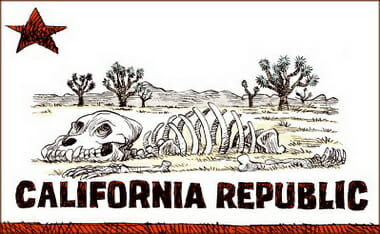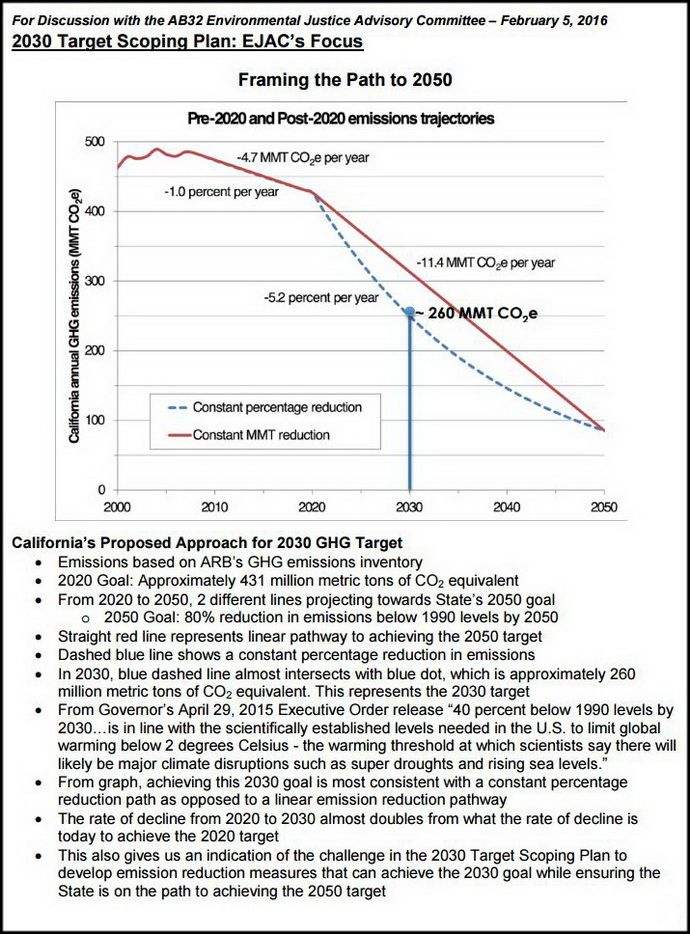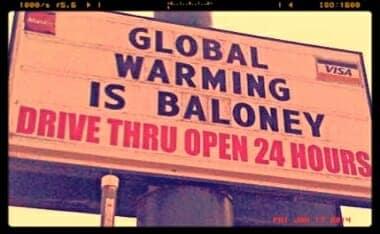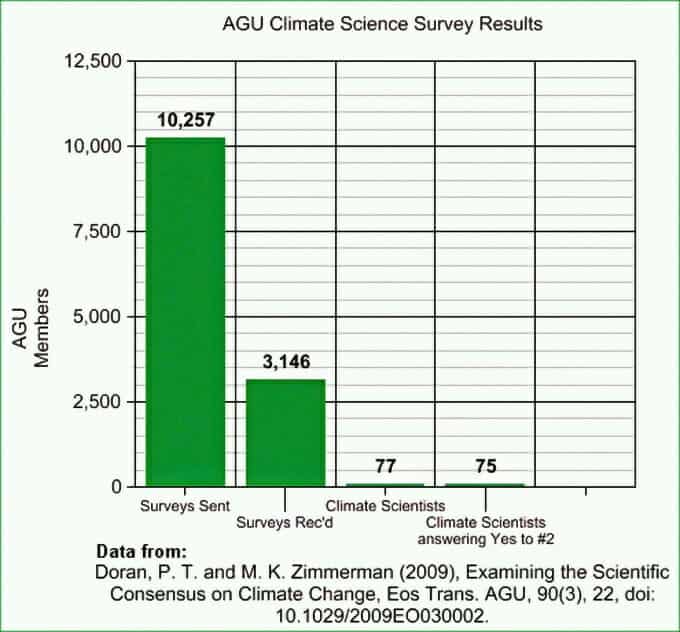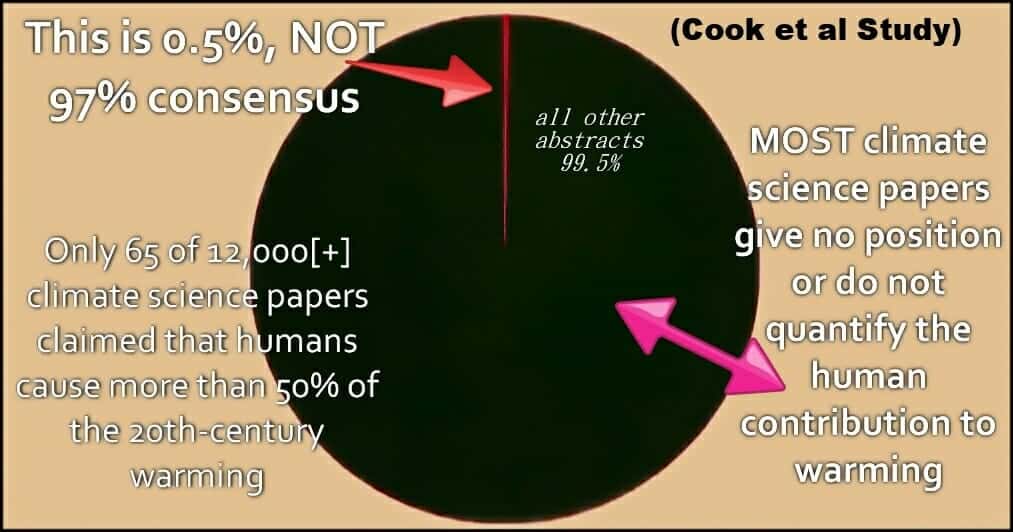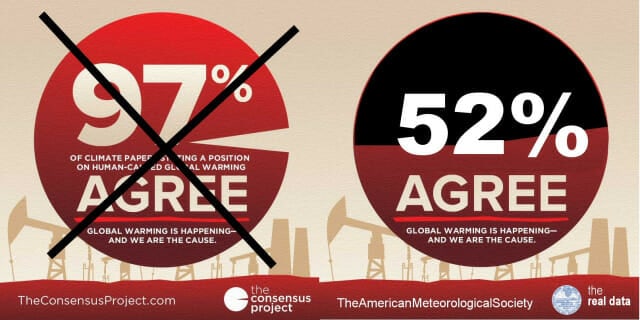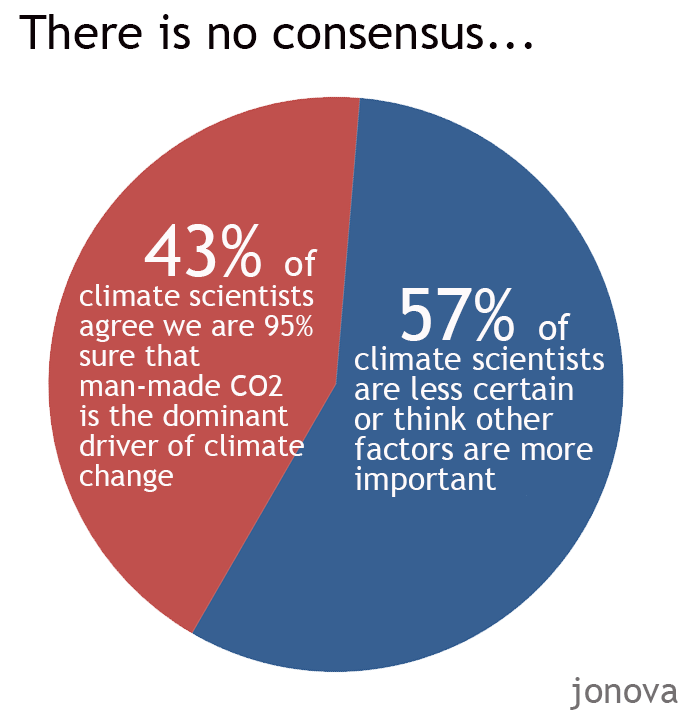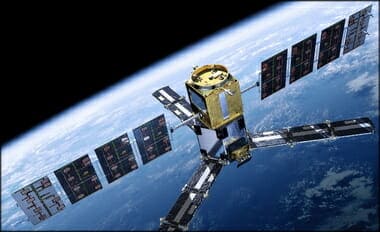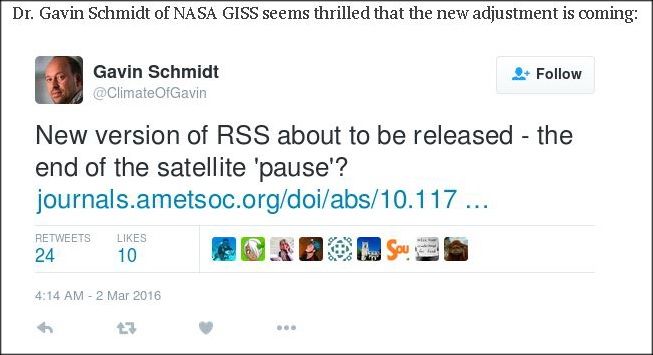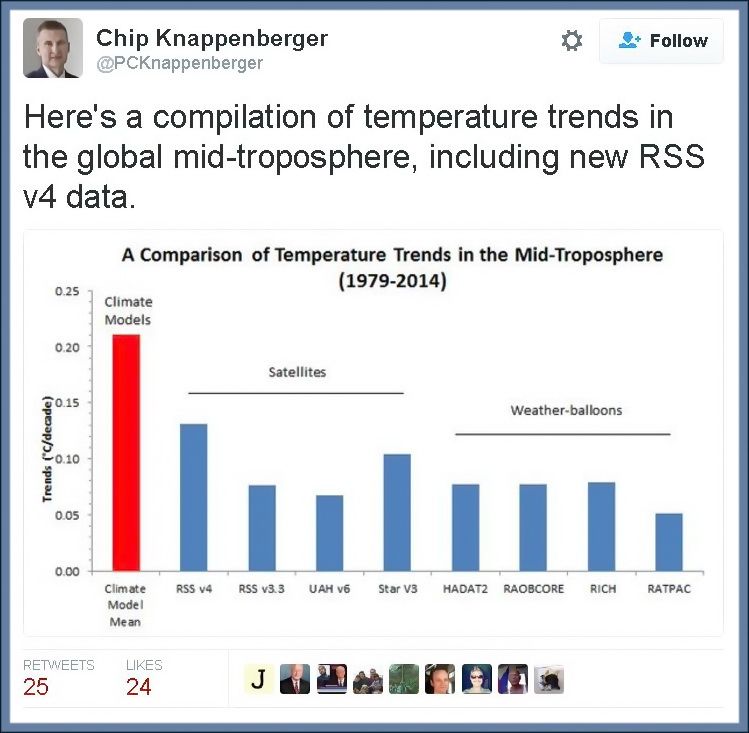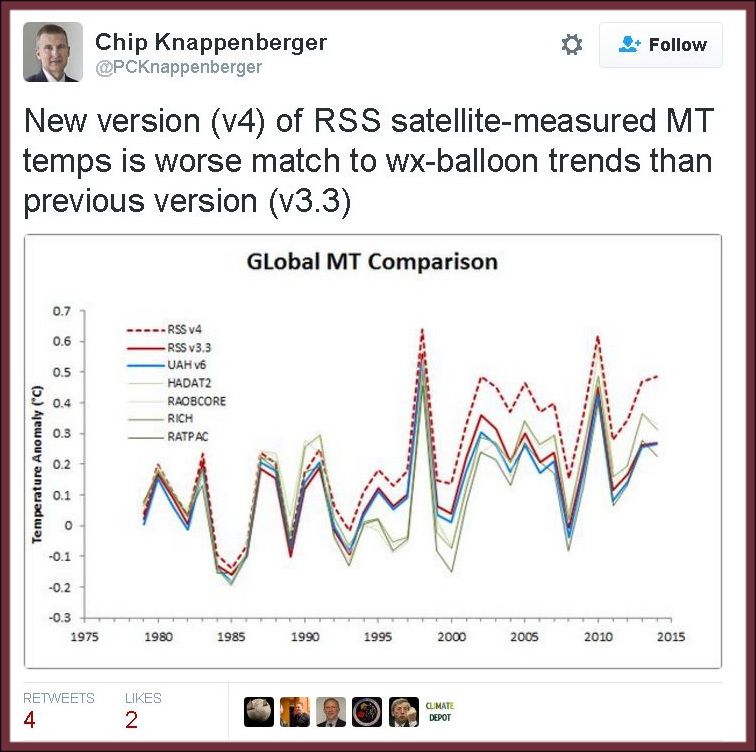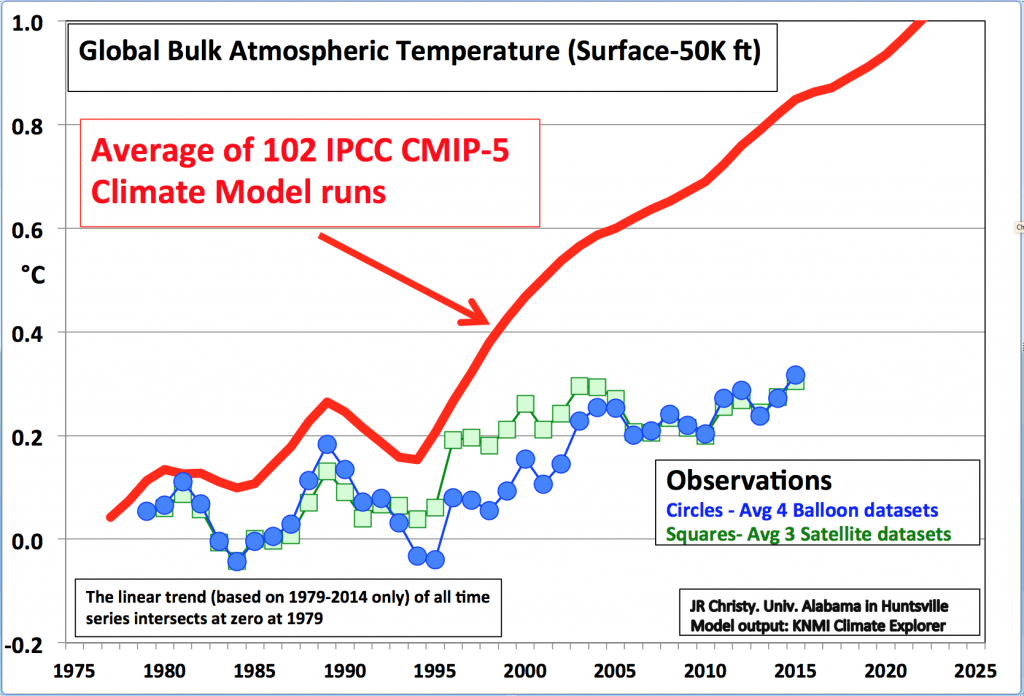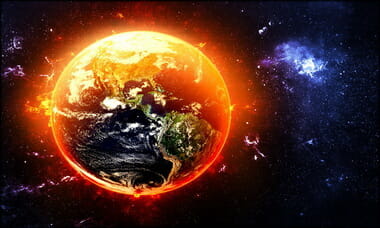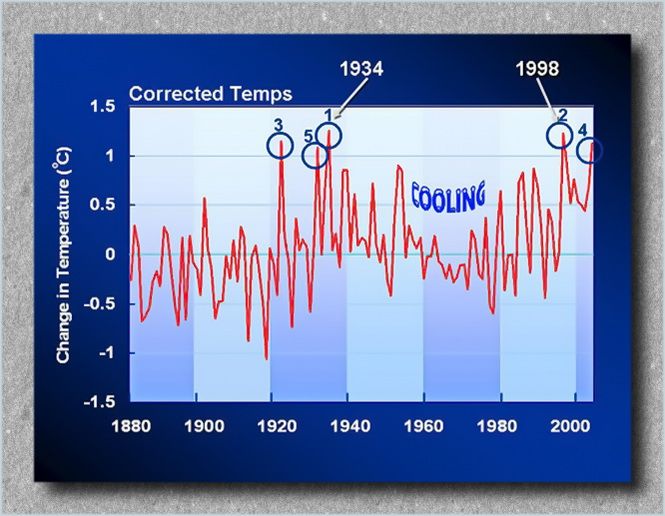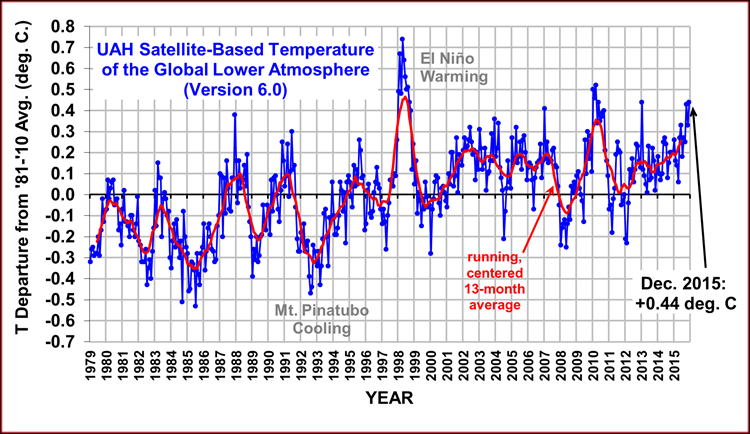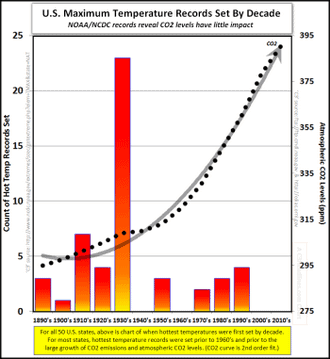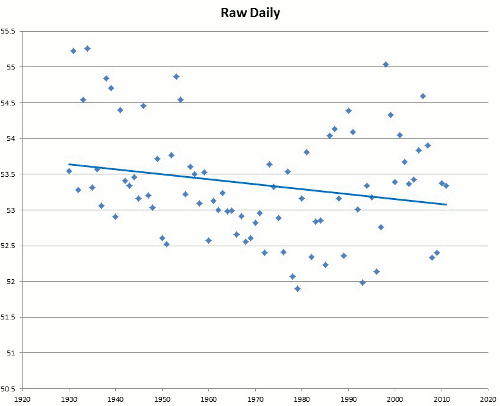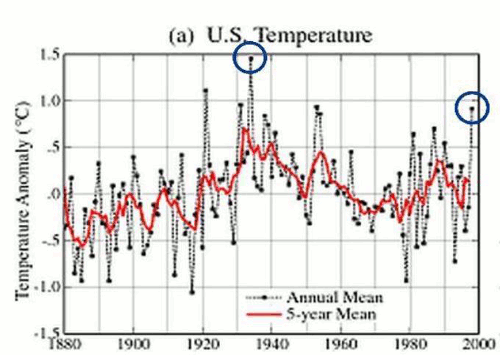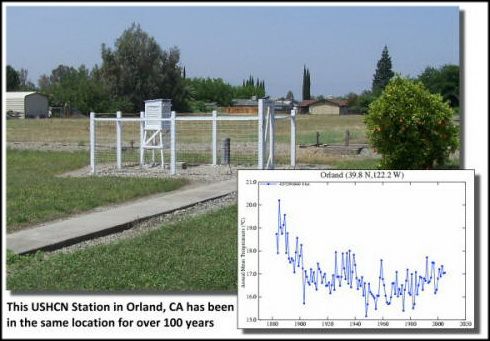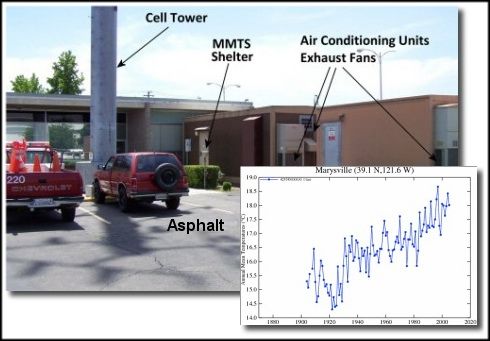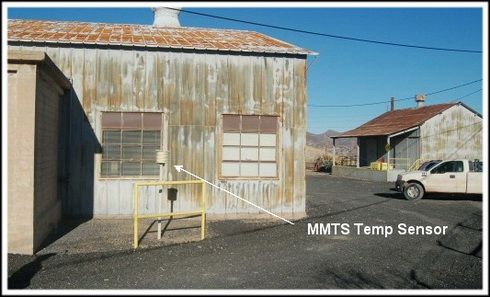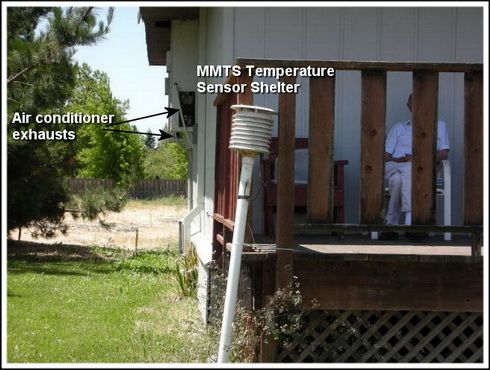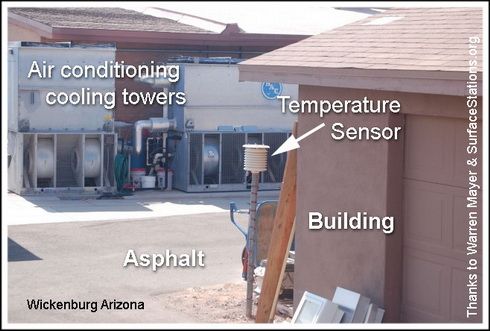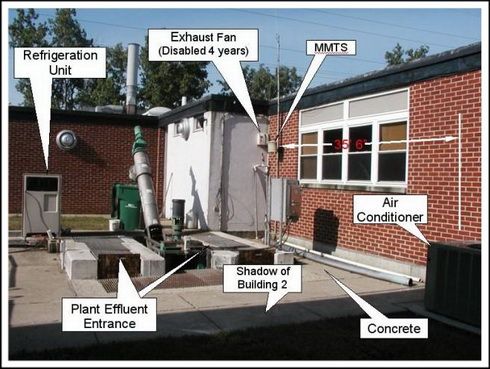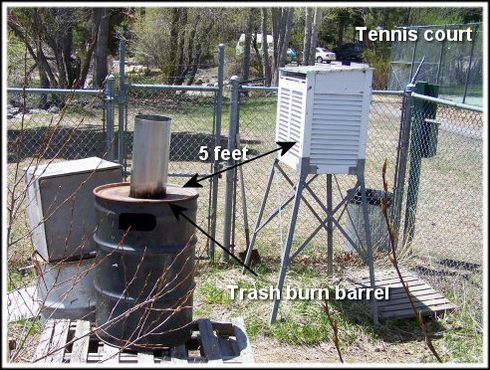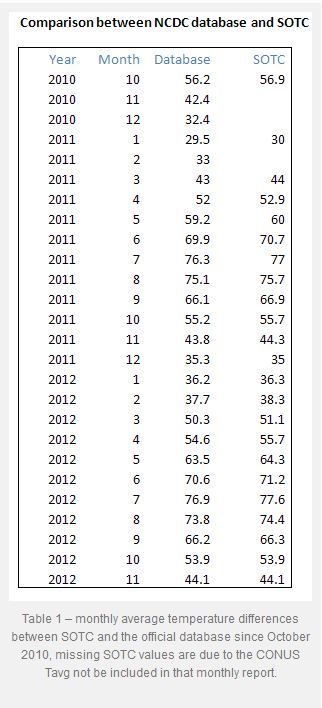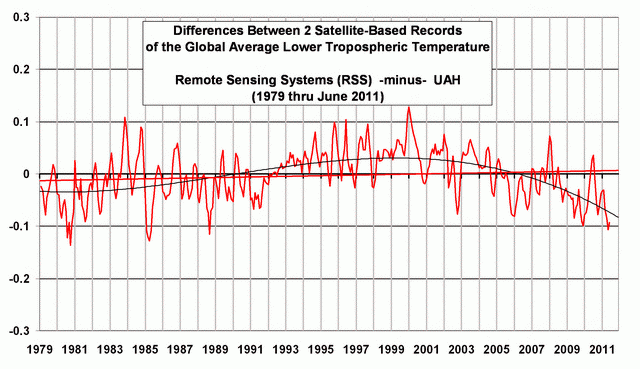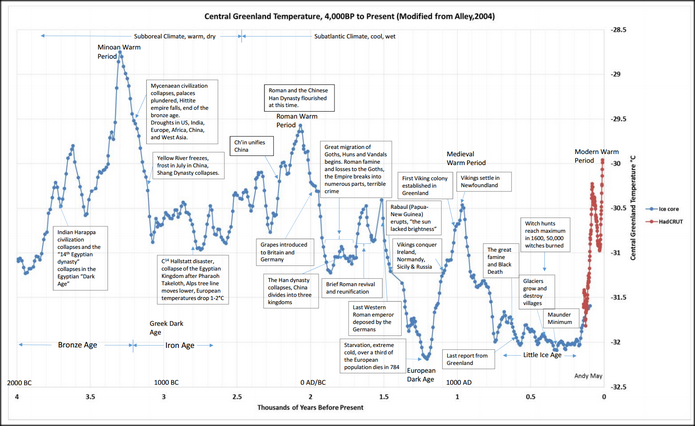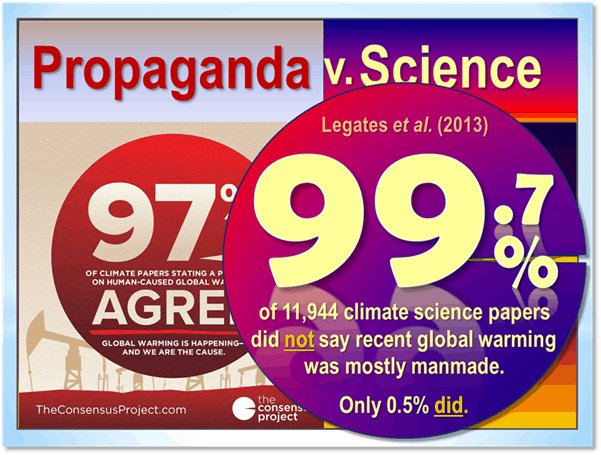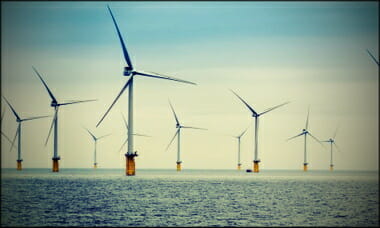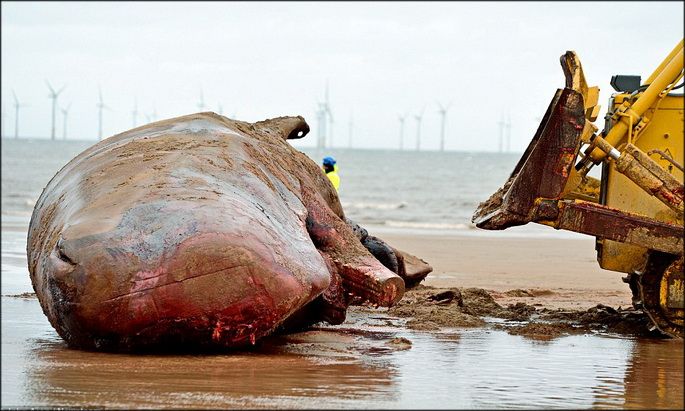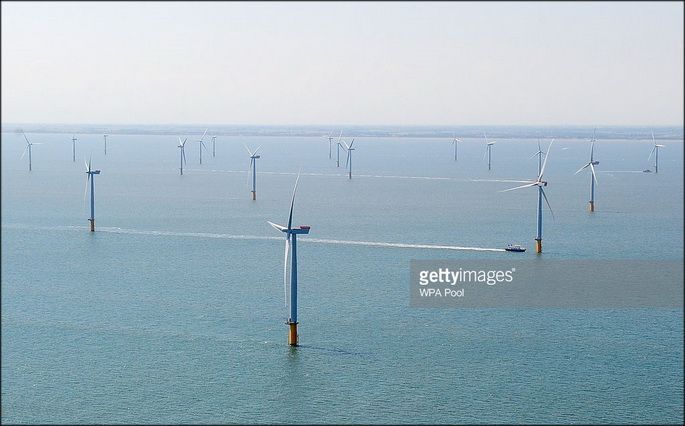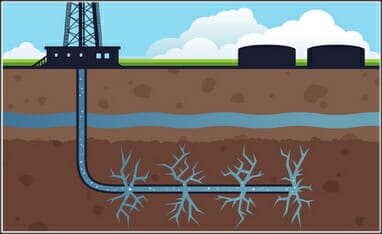California’s annual statewide greenhouse gas (GHG) emission inventory is an important tool for establishing historical emission trends and tracking California’s progress toward the goal set by the Global Warming Solutions Act of 2006 (AB 32).The law set a target of reducing emissions to 1990 levels by 2020.
[….]
Governor Edmund G. Brown, Jr. recently established a 2030 greenhouse gas reduction goal of 40 percent below 1990 levels, an interim target toward meeting the 2050 goal of reducing emissions 80 percent below 1990 levels.
(California Air Resourse Board [CARB] — see more in the APPENDIX)
John and Ken discuss how Governor Jerry Brown may have just bankrupted California.
Some main points about the bill:
➤ The new SB 32 requires a massive 40 percent cut from 1990 levels, with a deadline of December 31, 2030. The Bee reports that the new measure gives CARB extended authority to force the extreme reductions upon Californians without setting the parameters of those regulations …. Two related bills, AB 1550 and AB 2722, set out the wealth redistribution piece of the regulatory scheme, taking moneys collected in fines and through extorting businesses and forcing those funds to be spent in districts represented by many legislators voting for SB 32… (BREITBART)
➤ According to author Brad Plumer: “It’s hard to overstate how ambitious this is. Few countries have ever achieved cuts this sharp while enjoying robust economic growth.” The only countries (France and Sweden) that have achieved this, he wrote, did so by increasing their use of nuclear power — something off the table in anti-nuke California. “It will mean reshaping virtually every facet of the state economy, from buildings to transportation to farming and beyond,” he added. “California is essentially offering itself as a guinea pig in the world’s most important policy experiment.”…. What’s really troubling, however, is what these measures will mean for the state’s economy. The additional costs imposed by CARB bureaucrats will make it tougher to keep manufacturing and agricultural jobs from fleeing. Additional land-use edicts mandating fewer suburban developments and an end to major freeway construction will mean higher home costs and more congestion. Radical policies will lead to radical results. This isn’t scare mongering. It’s just the truth. (AMERICAN SPECTATOR)
➤ But it was driven by legislators in poor communities who are critical of the current cap-and-trade system that, according to the Capital & Main blog, “allows big polluters to pollute as long as they pay for credits or offsets purchased in other parts of the state or country. AB 197 requires that the (CARB)… target direct reductions at both stationary and mobile sources in those communities.” Another apparent goal is to force CARB to spend money from the cap-and-trade system more equitably in poorer legislative districts. (IBID.)
Energy prices, food prices, car costs, etc., will all go up. As California becomes more expensive as a state to do business in, MORE businesses will leave and jobs will be lost. It will leave only the giants in business being able to pay for the extra costs, thus, whittling out competition. California will have a few large corporations left in it as well as a few large unions… all subsidizing the Democrat Party to force competition out of their markets.
The L.A. Times notes this as well:
…“You’re going to be increasing the cost of moving goods through California ports,” said Jock O’Connell, a trade expert at Los Angeles consulting firm Beacon Economics.
Feisty competitors on the South and East coasts have been eating into Los Angeles-area ports’ business, and in June the Panama Canal opened wider channels that may divert more traffic away.
“At some point [importers] reach a tipping point where they say it makes more sense to send goods through Houston, or Charleston,” O’Connell says.
That could be a threat to the hundreds of thousands of Californians who are directly or indirectly employed by port business. “You wind up jeopardizing an awful lot of blue collar workers,” O’Connell said.
Brown dismissed the concerns of business leaders as “very dubious”. This, despite the fact an analysis cited in the article indicates that implementation could cost the state over 300,000 jobs.
This is really a back-door way to implement the previously failed SB 350 and more in order to tax people for California’s unfunded liabilities. JOHN & KEN previously discussed SB 350 noting the harmful effects it would have.
In an excellent article over at the WASHINGTON TIMES, we read this:
Fleeing California: A hostile business climate sends more companies to friendlier states
More than a century ago, Roy Farmer, 20, went door-to-door in Los Angeles with his bags of home-roasted coffee beans. By the 1930s, Farmer Brothers was selling coffee to restaurants throughout the nation. Today the company employs 1,200 men and women and generates $200 million in annual sales to restaurants, convenience stores, hospitals, hotels and universities.
But after surviving depressions, recessions, earthquakes and wars, Farmer Brothers is leaving California, finally driven out by high taxes and oppressive regulations.
The company says it’s fleeing in search of a place where business is appreciated. Relocating its corporate headquarters and distribution facilities from to a friendlier location, Farmer Brothers expects to save $15 million a year. Company executives are looking at Dallas and Oklahoma City. The relocation will bear real consequences for California. Nearly 350 workers will lose their well-paying jobs in Los Angeles alone….
Of course I have been talking about this for years (CARL’S JR. as one example), and posting audio on this issue for years as well…
When California makes it too expensive for alternative energy companies to survive in this state… you know the chickens are coming home to roost!
APPENDIX
The question my wife asked, very astutely, is what are these numbers we are talking about. Here they are:
…Getting to the 2030 and 2050 cuts that California seeks will require steeper cuts than the state has yet experienced over an extended period. Reducing greenhouse gases to the 2020 levels ordered by AB 32 requires a cut of 5.5 percent between 2010 and 2020. Brown’s executive order requires a 40 percent cut below the 2020 target by 2030. That means, in theory, that California would need to reduce emissions about 7 times as quickly between 2020 and 2030 as between 2010 and 2020.
In practice, however, the acceleration may not be quite so dramatic. That’s because most experts expect California to come in below its 2020 targets. If, for example, California’s emissions come in at around 400 million metric tons of carbon dioxide equivalent in 2020, rather than at 431 (the figure needed to exactly meet its 2020 goal), California would need to cut emissions roughly three times faster between 2020 and 2030 than during the preceding decade.
Between 2030 and 2050, emissions will also need to decline much more quickly than has been the case in recent years.
These calculations come with one slight caveat: the state has specified its long-term goals only in terms of percentage reductions, rather than in terms of exact emissions figures. But the exact numbers, when they are formulated, are expected to be roughly what the percentages suggest (eg, around 260 million metric tons of carbon dioxide equivalent for 2030, and 85 metric tons in 2050).
Here is page one of a more bullet pointed and graphed path (click it for the PDF) to these reductions that are impossible and is only a way for the state to gain more monetary resources to pay for their B.S.
- A mere 2% of the carbon emissions credits that the California Air Resources Board (CARB) put up for auction in May were sold. The quarterly auction raised only $10 million of the $500 million that CARB projected. That’s awful news for Democrats in Sacramento who planned to spend the windfall on high-speed rail, housing and electric-car subsidies. (WSJ)
According to the Vermont Senator’s website, the Democratic Party draft platform reads:
- “Democrats believe that climate change is too important to wait for climate deniers and defeatists in Congress to start listening to science, and support using every tool available to reduce emissions now.” (Global Warming Is Too Important To Wait For Democracy)
Too important to wait for Congress? Which is why stuff like the above have to be passed via executive order — like Jerry Brown did. Whether on the state or federal levels, Democrats love growing government and regulating every aspect of the citizens life… by fiat. King George is back. It is merely “King George” forcing policies the public would never approve of:
Brown appears bent on forcing cap-and-trade on Californians, stating last month that “they’re going to plead for a market system called cap-and-trade so they can respond in a way that’s more beneficial to their bottom line.” The Bee reported that Brown also lambasted his opponents in Sacramento, calling them “Trump-inspired acolytes,” but concluded that “they have been vanquished” with the passage of SB 32.
THERE MAY BE A FAIL-SAFE HOWEVER!
In an excellent post at CLIMATE UNPLUGGED, it is noted that this signing into law by fiat would still need to pass a “California appellate court will soon rule as to whether it violates Proposition 13”
In 2006, the California Legislature enacted AB 32, which mandated that statewide greenhouse gas emissions be reduced to 1990 levels by 2020. California’s cap & trade auction system followed. Last week the Legislature passed SB 32, which extends and deepens AB 32’s original mandate, requiring the state to further reduce emissions to 40% below the 1990 level by 2030. This is ambitious, to say the least, in a state where all of the “low hanging fruit” (cheap emissions reduction) has presumably been harvested.
None of this is news. Nor is it news that the legality of the entire cap & trade structure is on thin ice. A California appellate court will soon rule as to whether it violates Proposition 13 (yes, that Prop 13, for those of you who remember it) insofar as AB 32 did not pass both houses of the Legislature with the requisite 2/3 vote needed for tax increases. And even if AB 32 survives, few lawyers expect the new, post-2020 authorization to pass the forthcoming Prop 26 challenge. Enacted after AB 32 (and so not applicable to it), Prop 26 was explicitly designed to close the many loopholes the politicians exploited to get around Prop 13’s vote requirements.
The “good” news for California is that if its cap & trade system gets overturned, the Air Resources Board must still hit the 2020 and 2030 targets. The bad news is that it will have to achieve truly massive emissions reductions at a breakneck pace solely via pure command and control regulations….
I hope the court sees the unconstitutionality [California’s constitution] of this and kills it all!
